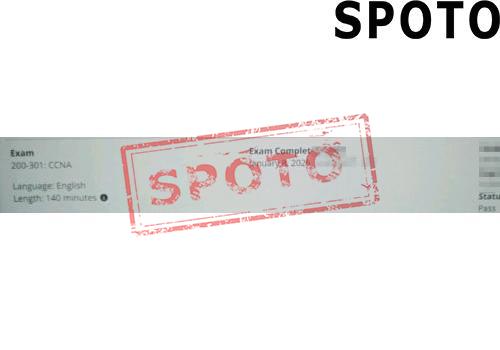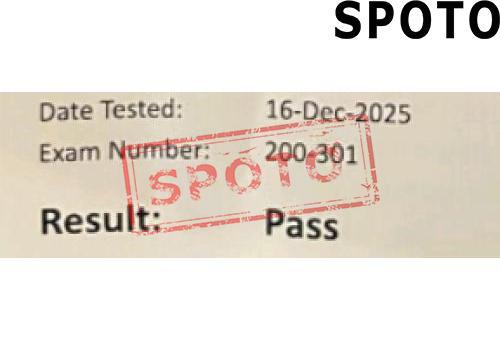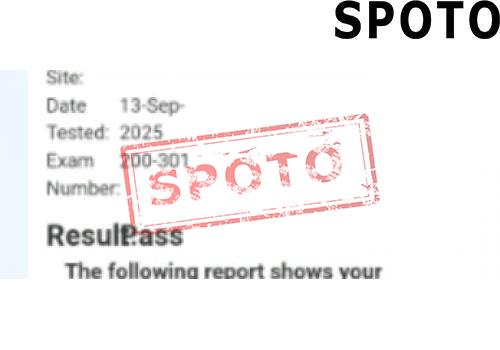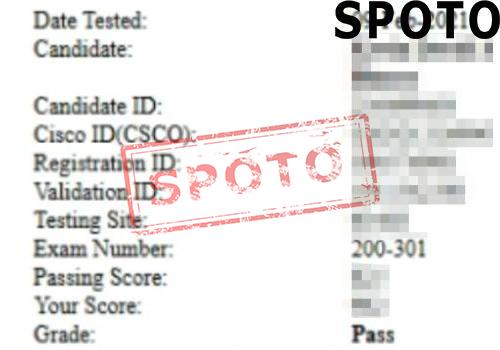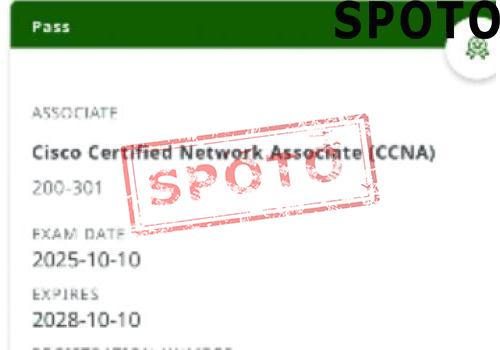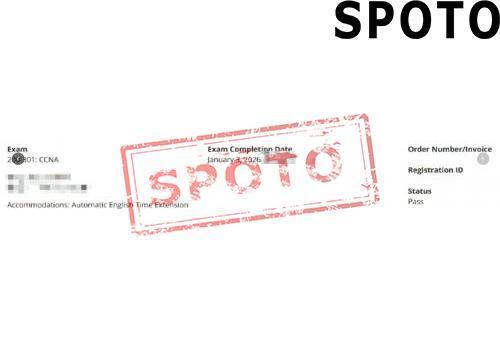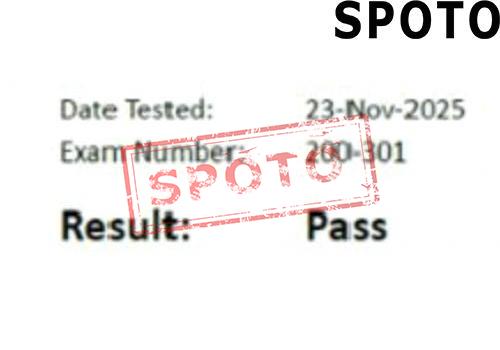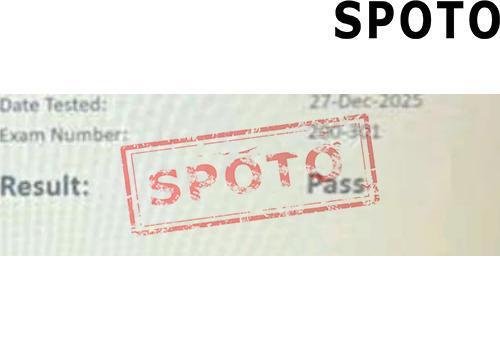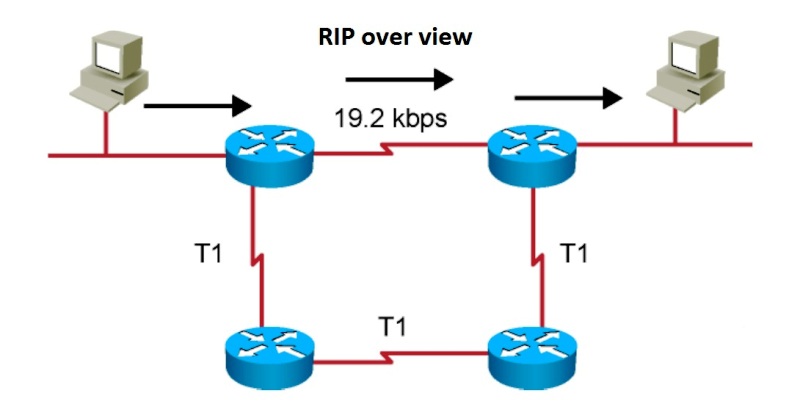
Table of Contents
In the ever-evolving landscape of networking, the Routing Information Protocol (RIP) has stood the test of time due to its simplicity and effectiveness. This blog post delves into the technical intricacies of RIPv2 and RIPng, both of which are essential for modern network engineers. Drawing from the comprehensive content in Chapter 7 of the CCIE Routing and Switching v5.0 Official Cert Guide, we will explore key concepts and technical terms to provide a thorough understanding of these protocols.
Introduction to RIP
RIP is a distance-vector routing protocol that has been a staple in network engineering since its inception. Designed for simplicity, RIP employs hop count as the primary metric for path selection, making it straightforward yet powerful for small to medium-sized networks.
RIPv2: Enhancements and Features
1. Protocol Basics
RIPv2, defined by RFC 2453, is an enhancement over the original RIPv1. It supports Classless Inter-Domain Routing (CIDR) and Variable Length Subnet Masking (VLSM), allowing for more efficient use of IP addresses. This version also includes the ability to carry subnet information in its updates, which RIPv1 lacked.
2. Multicast Updates
RIPv2 improves network efficiency by using the multicast address 224.0.0.9 for routing updates, as opposed to broadcasting them to all nodes on a network. This reduces unnecessary load on devices that are not participating in RIP.
3. Authentication
A significant addition in RIPv2 is support for route authentication. This helps secure routing updates, ensuring that only trusted routers can participate in the routing process. RIPv2 supports simple password authentication and MD5 authentication, providing a layer of security against routing attacks.
4. Route Tagging
Route tagging in RIPv2 allows for better route management and policy implementation. Tags can be used to indicate routes from different sources, which is useful in complex environments with multiple routing protocols.
5. Split Horizon and Route Poisoning
To prevent routing loops, RIPv2 implements split horizon and route poisoning. Split horizon prohibits a router from advertising a route back onto the interface from which it was learned. Route poisoning marks a route as unreachable (with a metric of 16) when it is no longer valid, prompting other routers to remove the route from their tables.
Configuring RIPv2
Basic Configuration
Configuring RIPv2 on Cisco routers involves enabling the RIP process and specifying the networks that participate in RIP. For example:
router rip version 2 network 192.168.1.0
Distribute Lists
RIPv2 allows for filtering of routing updates using distribute lists. These can be based on access control lists (ACLs) or prefix lists, enabling fine-grained control over which routes are advertised or accepted.
distribute-list 10 in distribute-list 20 out
RIPng: RIP for IPv6
With the advent of IPv6, RIP was adapted to support the new addressing scheme, resulting in RIPng (RIP next generation). Defined by RFC 2080, RIPng retains the simplicity of RIPv2 while incorporating necessary changes for IPv6.
1. Protocol Adjustments
RIPng operates on UDP port 521 and uses the multicast address FF02::9 for routing updates. Unlike RIPv2, which uses IPv4 addresses, RIPng routes IPv6 prefixes. The maximum hop count remains 15, maintaining consistency with RIPv2.
2. Simplified Header
The RIPng message format includes a simplified header, omitting the address family identifier used in RIPv2. This is because RIPng exclusively handles IPv6 routes.
3. Authentication
Unlike RIPv2, RIPng does not include built-in authentication. Instead, it relies on IPsec for securing routing updates, aligning with modern security practices for IPv6.
4. Multiple RIPng Processes
Cisco IOS supports running multiple RIPng processes on a single router. Each process can be identified by a unique name, allowing for greater flexibility in complex network environments.
5. Route Poisoning and Metric Offset
RIPng supports route poisoning to prevent routing loops, similar to RIPv2. Additionally, metric offsets can be configured to adjust the hop count for routes learned over specific interfaces, providing more control over route selection.
Configuration Example
Configuring RIPng involves enabling IPv6 unicast routing and the RIPng process on the necessary interfaces:
ipv6 unicast-routing ipv6 router rip RIPngProcess interface GigabitEthernet0/0 ipv6 address 2001:DB8:1::1/64 ipv6 rip RIPngProcess enable
Advanced Features and Troubleshooting
Both RIPv2 and RIPng include advanced features and tools for network optimization and troubleshooting:
1. Timers and Intervals
RIP protocols use various timers to manage routing information. These include the update timer (default 30 seconds), invalid timer (180 seconds), hold-down timer (180 seconds), and flush timer (240 seconds). Adjusting these timers can optimize routing performance for specific network conditions.
2. Debugging and Monitoring
Cisco IOS provides a suite of commands for monitoring and debugging RIP. Theshow ip rip databaseanddebug ip ripcommands offer insights into the operation of the RIP process, helping administrators diagnose and resolve issues.
3. Route Summarization
Route summarization reduces the size of routing tables by combining multiple routes into a single summary route. This is particularly useful in hierarchical network designs. In RIPv2, summarization can be configured manually using theip summary-address ripcommand.
RIPv2 and RIPng are fundamental routing protocols that, despite their simplicity, provide robust and flexible solutions for routing in IPv4 and IPv6 networks. Understanding their features, configuration, and best practices is essential for any network engineer. By leveraging the strengths of these protocols, engineers can design and maintain efficient, scalable, and secure networks.
For those preparing for certifications like the CCIE Routing and Switching, mastering these protocols is a crucial step towards achieving networking excellence.
